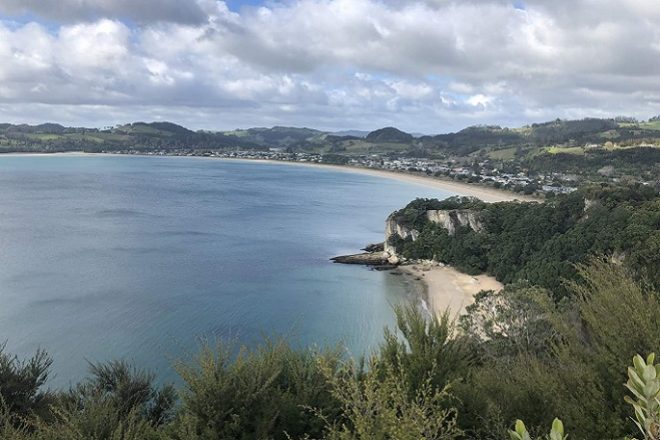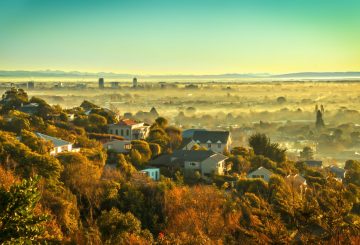Công việc đã bắt đầu về các khái niệm thiết kế để bảo vệ Thames khỏi lũ lụt và dâng bão do mực nước biển dâng. Dự án được bắt đầu sau khi các nghiên cứu cho thấy tài sản trị giá 1 tỷ đô la có thể gặp rủi ro theo thời gian. Cộng đồng đã đồng ý rằng bảo vệ là cách tốt nhất để thích nghi với mối đe dọa này.
Dự án kéo dài ba năm, đã nghiên cứu những rủi ro đối với toàn bộ bờ biển Coromandel. Các hành động để quản lý những rủi ro này hiện đã được xếp hạng, với việc bảo vệ sông Thames là ưu tiên hàng đầu. Một nhóm quản trị, bao gồm các đại diện từ Hội đồng của chúng tôi, Ngāti Maru và Hội đồng Khu vực Waikato, đã được thành lập để giám sát công việc bảo vệ cho Thames.
Thị trưởng Hội đồng quận Thames-Coromandel Len Salt, chủ tịch nhóm quản trị, cho biết: “Thames đặc biệt dễ bị bão và lũ lụt do mực nước biển dâng cao, khiến tài sản khoảng 1 tỷ đô la trong thị trấn của chúng tôi gặp rủi ro. Thames là trung tâm kinh tế của quận chúng tôi, cung cấp phần lớn các dịch vụ của Coromandel, ngành hàng hải, chăm sóc sức khỏe và cơ sở hạ tầng kinh doanh. Trách nhiệm của chúng tôi là đảm bảo Thames có khả năng phục hồi và có thể phát triển mạnh mẽ cho các thế hệ tương lai.”
Royal HaskoningDHV hiện sẽ phát triển các tùy chọn thiết kế theo giai đoạn để bảo vệ thị trấn khỏi lũ lụt ven biển đối với cơn bão AEP 1% trong 100 năm tới. Một nghiên cứu trước đó cho thấy thách thức chính trong việc bảo vệ Thames là chi phí và quy mô của bất kỳ cấu trúc phòng thủ nào, vì nhiều khu vực nằm trũng.
Công việc thiết kế sẽ bao gồm mô hình thủy động lực học đầy đủ và phân tích xác suất chung của các sự kiện ngập lụt ven biển và sông trùng hợp. Nhóm quản trị nhấn mạnh tầm quan trọng của bất kỳ cấu trúc bảo vệ nào kết nối với các công việc quản lý nước mưa và sông khác.
Kinh phí cho công việc thiết kế và tư vấn cộng đồng về các lựa chọn thiết kế đã được phân bổ thông qua Kế hoạch dài hạn 2023-2024. Tuy nhiên, kinh phí cho việc xây dựng bảo vệ vẫn chưa được xác định. Thị trưởng Len Salt nói: “Chúng ta sẽ phải đối mặt với một số chi phí lớn, nhưng chúng ta cần cân nhắc những chi phí này so với giá trị của những gì có nguy cơ. Chúng tôi đang giải quyết những thách thức này một cách trực tiếp và thực hiện những công việc cần thiết, sáng tạo, thay vì chỉ hy vọng các vấn đề sẽ biến mất. Đây là một kế hoạch hành động và tầm nhìn dài hạn”.
Tham vấn công chúng về các khái niệm thiết kế dự kiến vào tháng Năm. Để biết thêm thông tin, hãy truy cập trang web của dự án Đường dẫn Quản lý Đường bờ biển của hội đồng.





























































